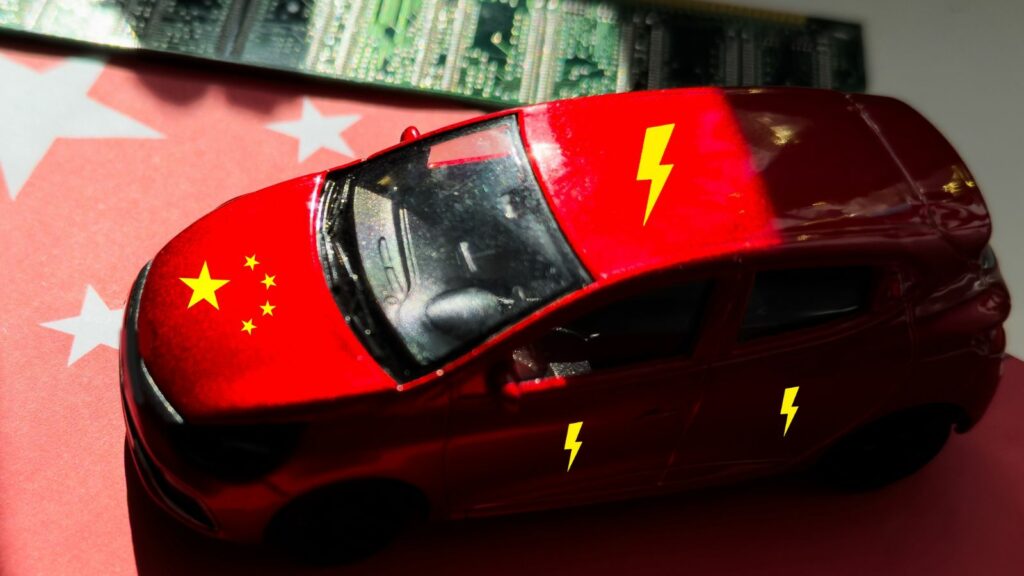Chinese automakers are producing electric vehicles at a pace and cost level that continues to surprise the American and European auto industry. While Western brands publish careful timelines, adjust production targets, and struggle with rising material costs, Chinese companies are releasing new EV models quickly and selling them at prices that undercut the competition. The difference is not simply cheap labor or lower quality. It is the result of a long term strategy that reshaped how vehicles are designed, sourced, and manufactured. China built its EV industry differently from the beginning, and that advantage is now showing up on the global stage.
China Controls the Battery Supply Chain from Start to Finish

Batteries make up a significant portion of an EV’s total cost. Western automakers often rely on mineral suppliers from different continents, battery manufacturers in separate countries, and pack assembly plants located far from final vehicle production. Every step adds cost, shipping time, regulation, and potential delay.
Chinese automakers work inside a supply chain that remains mostly domestic. Battery companies, chemical processors, mineral refiners, motor manufacturers, and vehicle assembly plants are often located in the same region. Companies collaborate closely and share research, supplier networks, and logistics systems. Because fewer middle steps exist between raw material and finished product, pricing stays stable and production remains flexible.
This tight integration allows Chinese automakers to react faster to market needs. If a new battery pack design is required or if demand for a particular model increases, changes can be made quickly without renegotiating long supply commitments. The speed comes from structure, not shortcuts.
Manufacturing Is Designed for EVs Instead of Adapted to Them
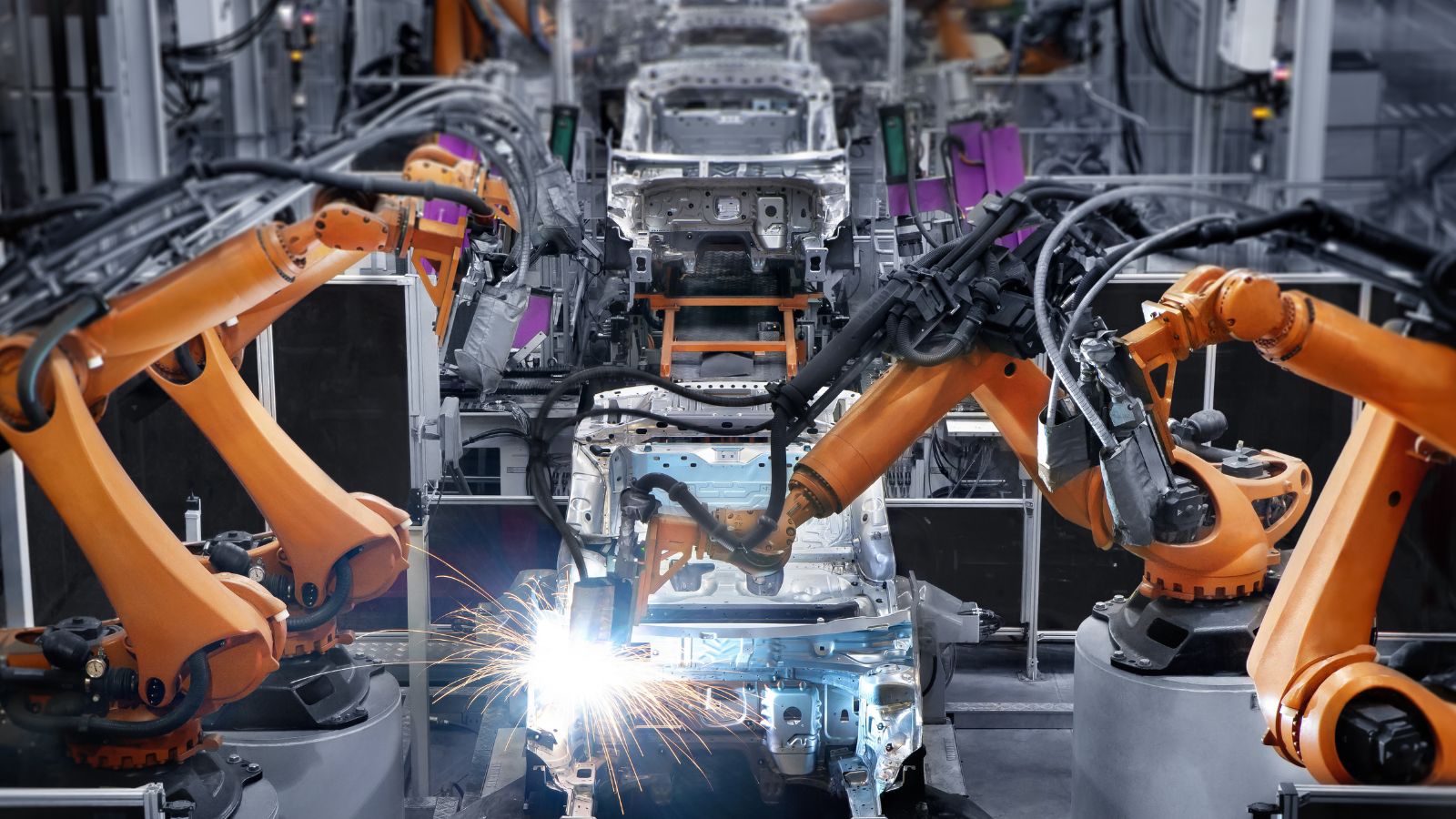
Many Western factories were originally built for gas powered cars. Converting them into EV production lines requires replacing equipment, retraining workers, and redesigning assembly stages to handle batteries and electric motors. Even after conversion, parts of the older workflow remain, which limits efficiency.
Chinese EV manufacturers often build plants specifically for electric vehicles from the ground up. Assembly lines are designed around lightweight body structures, battery pack installation, and integrated electronic systems. Conveyor systems, welding robots, software testing stations, and final inspection methods are planned as a unified system rather than added later.
This approach reduces waste and shortens the time required to build each vehicle. When a new model enters production, the line can adapt with fewer adjustments because the overall system already matches EV manufacturing needs.
Standardized Platforms Replace Unique Single Model Engineering
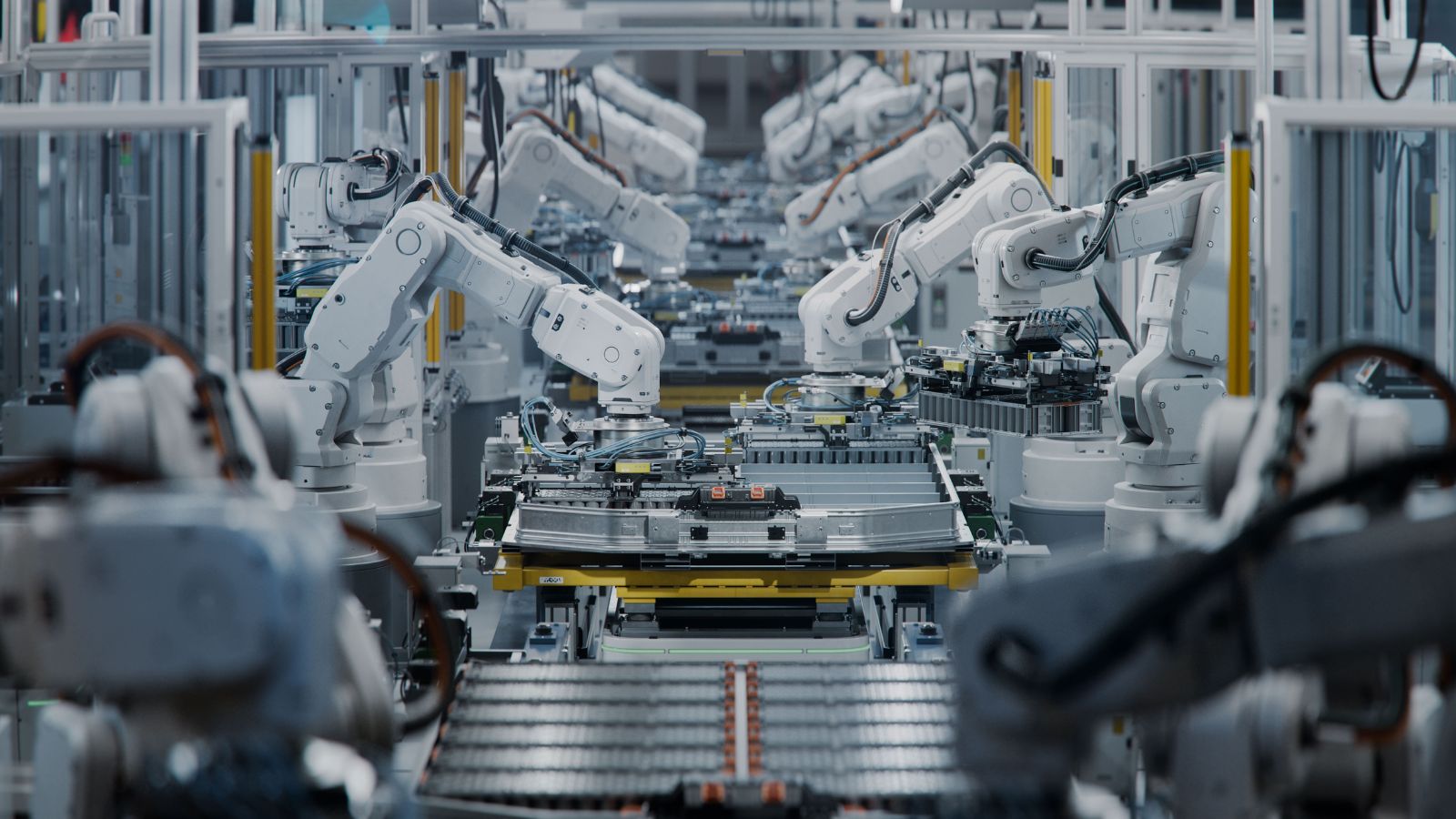
Chinese automakers rely heavily on shared vehicle platforms. Multiple models use the same chassis, motor layout, battery modules, and electronic control architecture. This dramatically reduces development cost.
Western automakers often design different platforms for different markets, trims, and segments. That flexibility allows for customization but also increases complexity. More complexity means more engineers, more testing, more parts inventory, and slower production.
In China, the priority is scale. Shared platforms allow faster development of new models because only the outer design and final tuning need to change. Suppliers know exactly what to produce, factories know how to build it, and customers get a variety of body styles at lower cost. Standardization builds speed.
Software Is Built Inside the Car Industry Not Added to It

Electric vehicles rely heavily on software to manage motors, batteries, safety systems, and interior features. In China, automakers develop software in parallel with the vehicle design. In many cases, software divisions share the same buildings or design networks as the mechanical engineers. Decisions happen fast because everyone works within the same structure.
In Western markets, software is frequently sourced from multiple external companies. Each system must be integrated, tested, debugged, and updated separately. This creates delays and raises costs.
By treating software as a core design element instead of a final stage add on, Chinese EVs can reach the market quicker and with cleaner electronic integration.
Domestic Market Scale Accelerates Improvement
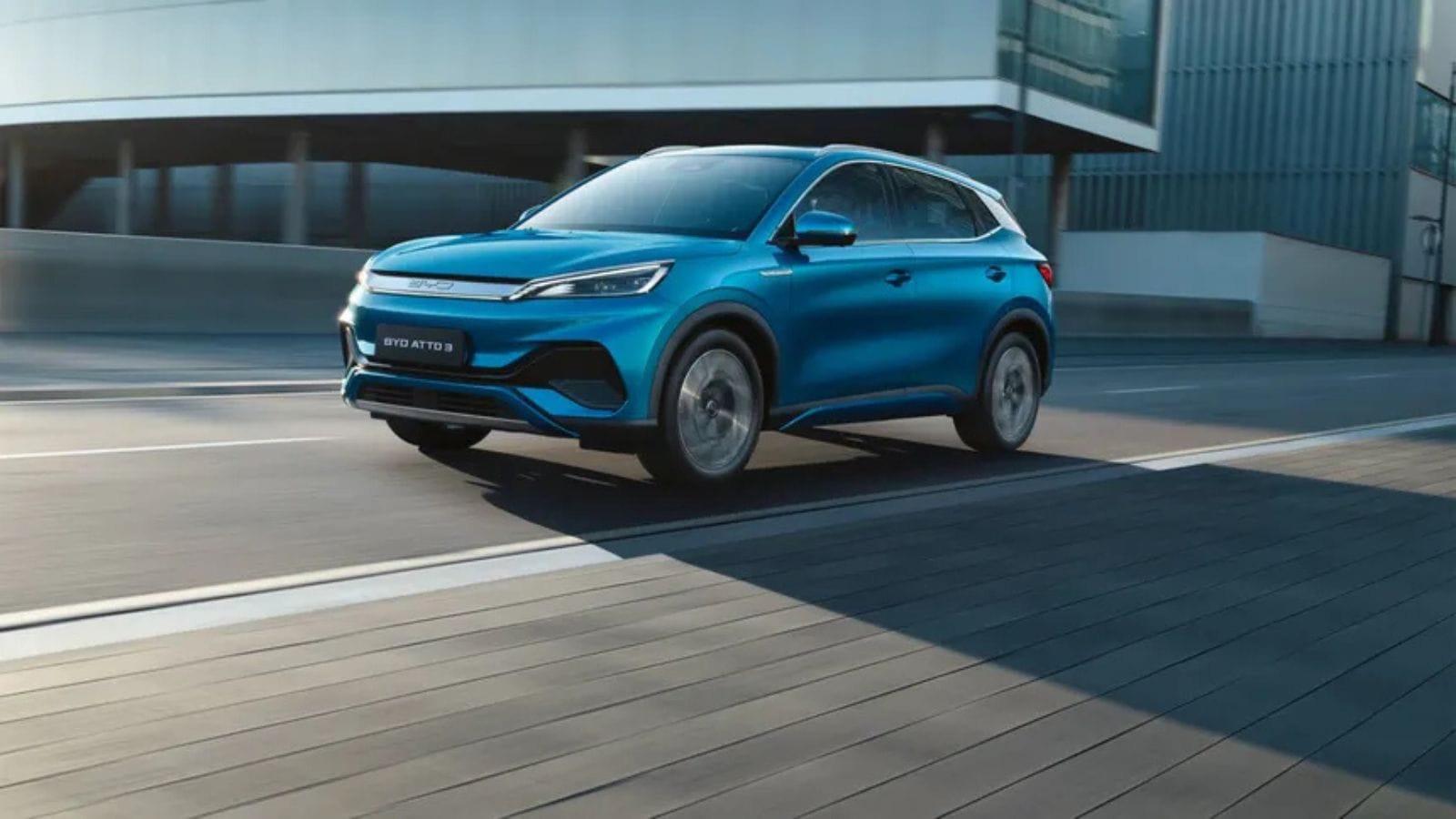
China has more electric vehicle buyers than any other country in the world. Models enter the market, receive real world feedback quickly, and are updated rapidly. Improvement happens in short development cycles.
Western markets are slower because the average vehicle remains gasoline powered. That means less data, less feedback, and slower process refinement. The more vehicles an industry builds, the faster it learns how to reduce cost and simplify design.
Scale is not just production volume. It is knowledge accumulation.
Public and Private Investment Worked Toward the Same Goal
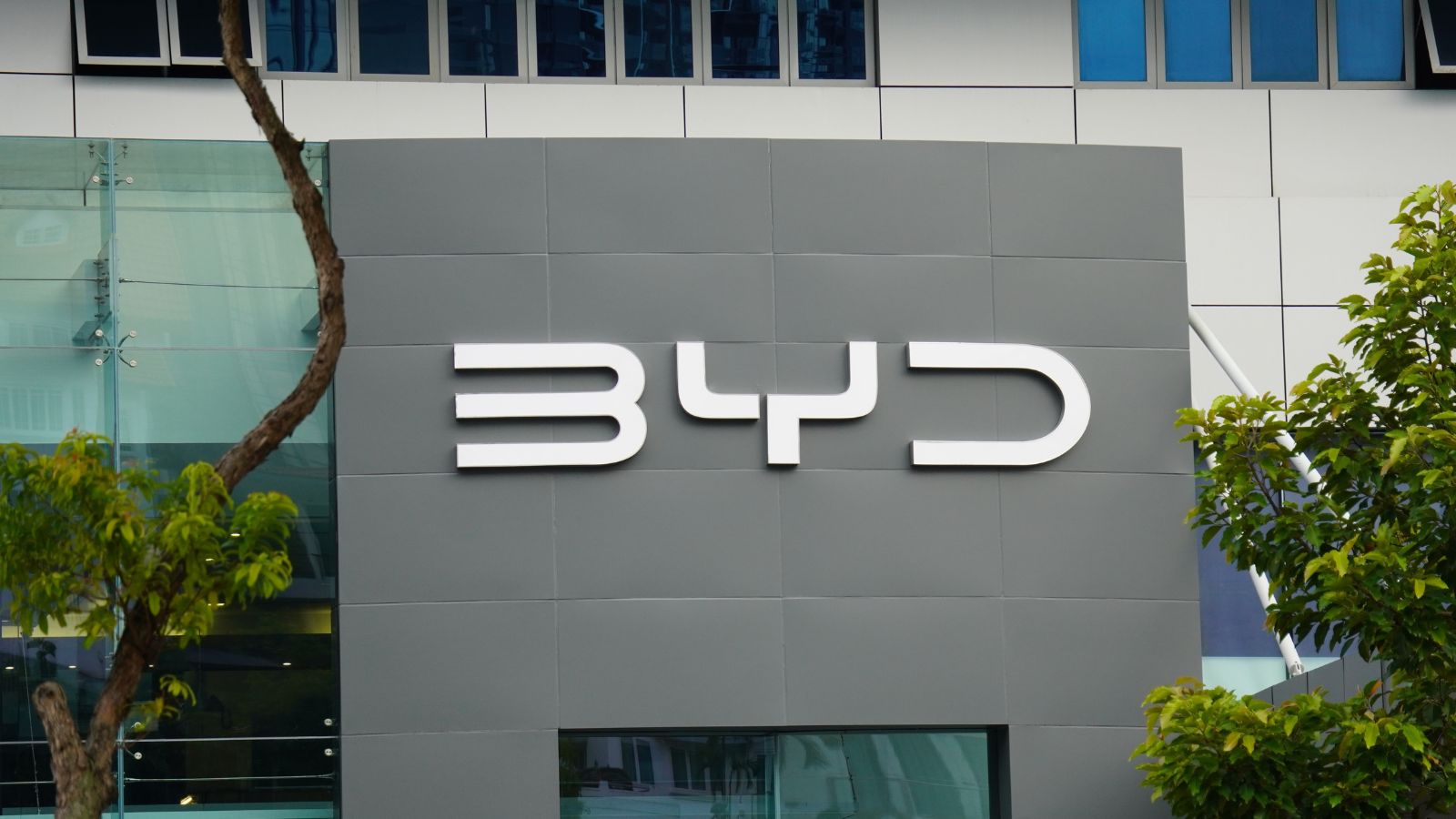
China treated the EV industry as a long term national project rather than a trend. Government planning encouraged infrastructure, research, workforce training, and manufacturing subsidies to grow together. Local governments partnered with companies to build charging stations, technology zones, and supply facilities.
In North America and Europe, support has been more fragmented. Policy changes with elections. Funding arrives in waves. Incentives often encourage short term activity rather than long term strategy. The difference shows in manufacturing momentum.
Can Western Automakers Catch Up
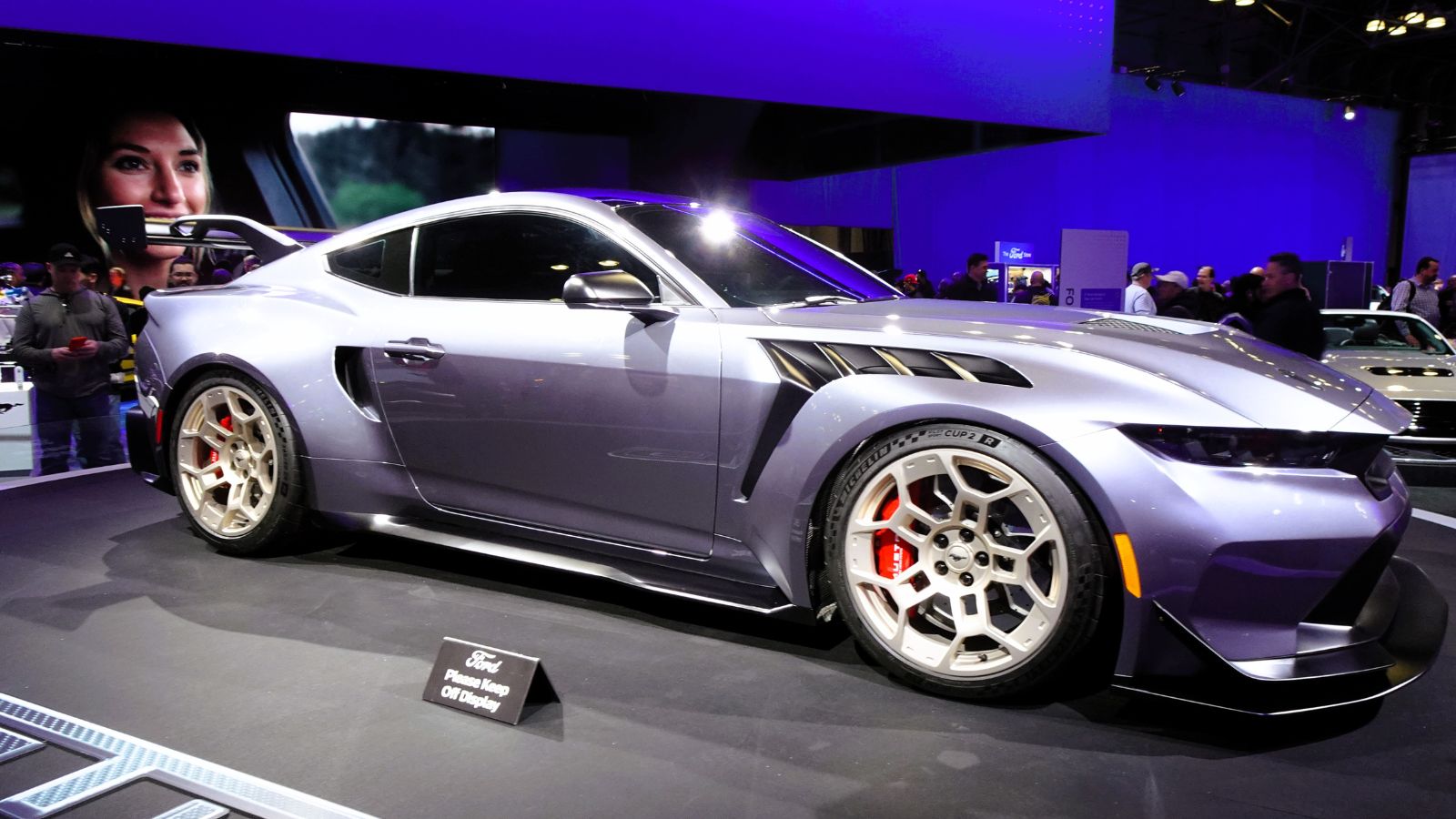
They can, but it will require more than new models. It requires redesigning supply chains, building domestic battery production, streamlining platforms, and treating software and manufacturing efficiency as primary goals rather than secondary considerations.
25 Facts About Car Loans That Most Drivers Don’t Realize

Car loans are one of the most common ways people fund car purchases. Like any other kind of loan, car loans can have certain features that can be regarded as an advantage or a disadvantage to the borrower. Understanding all essential facts about car loans and how they work to ensure that you get the best deal for your financial situation is essential. Here are 25 shocking facts about car loans that most drivers don’t realize:
25 Facts About Car Loans That Most Drivers Don’t Realize
